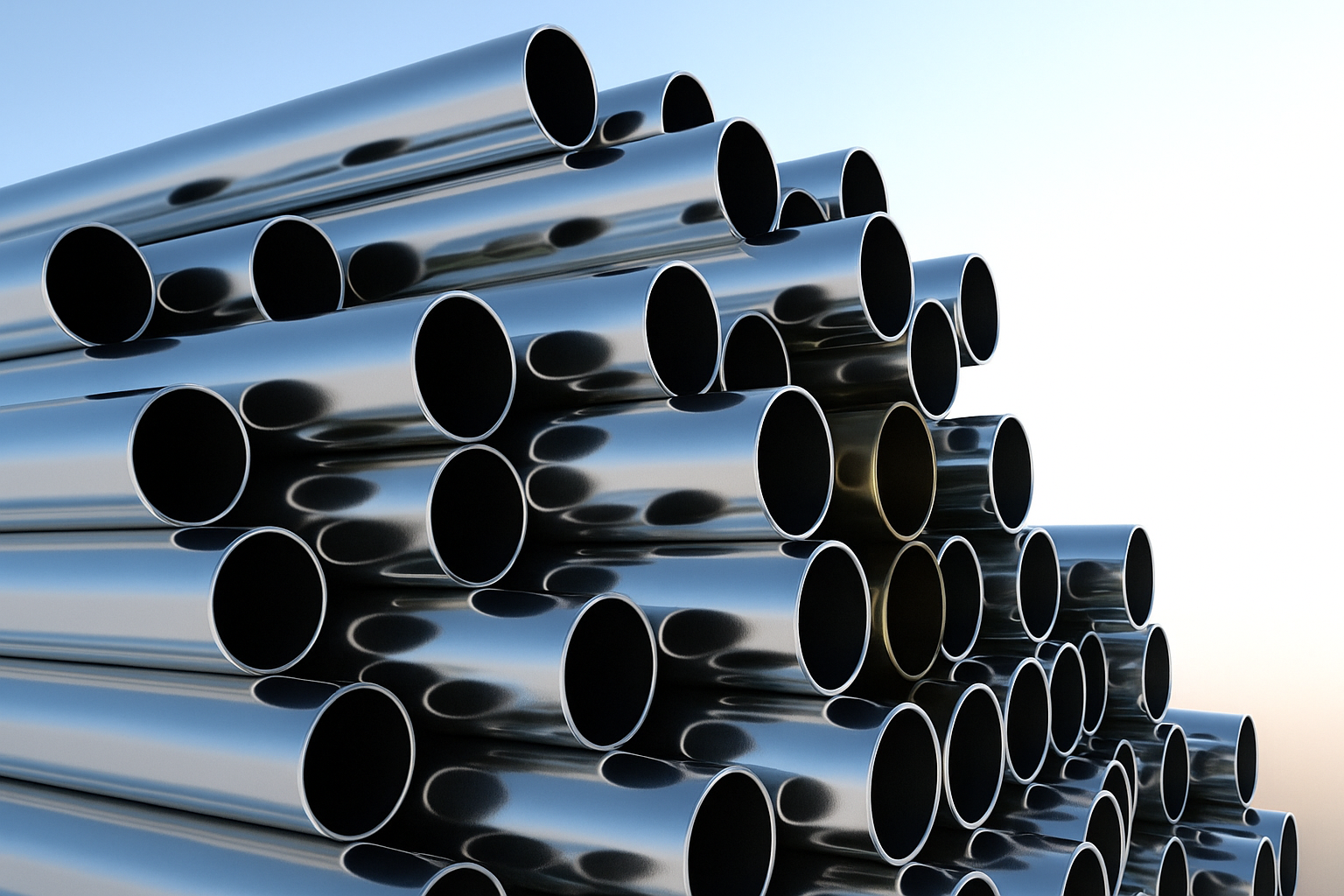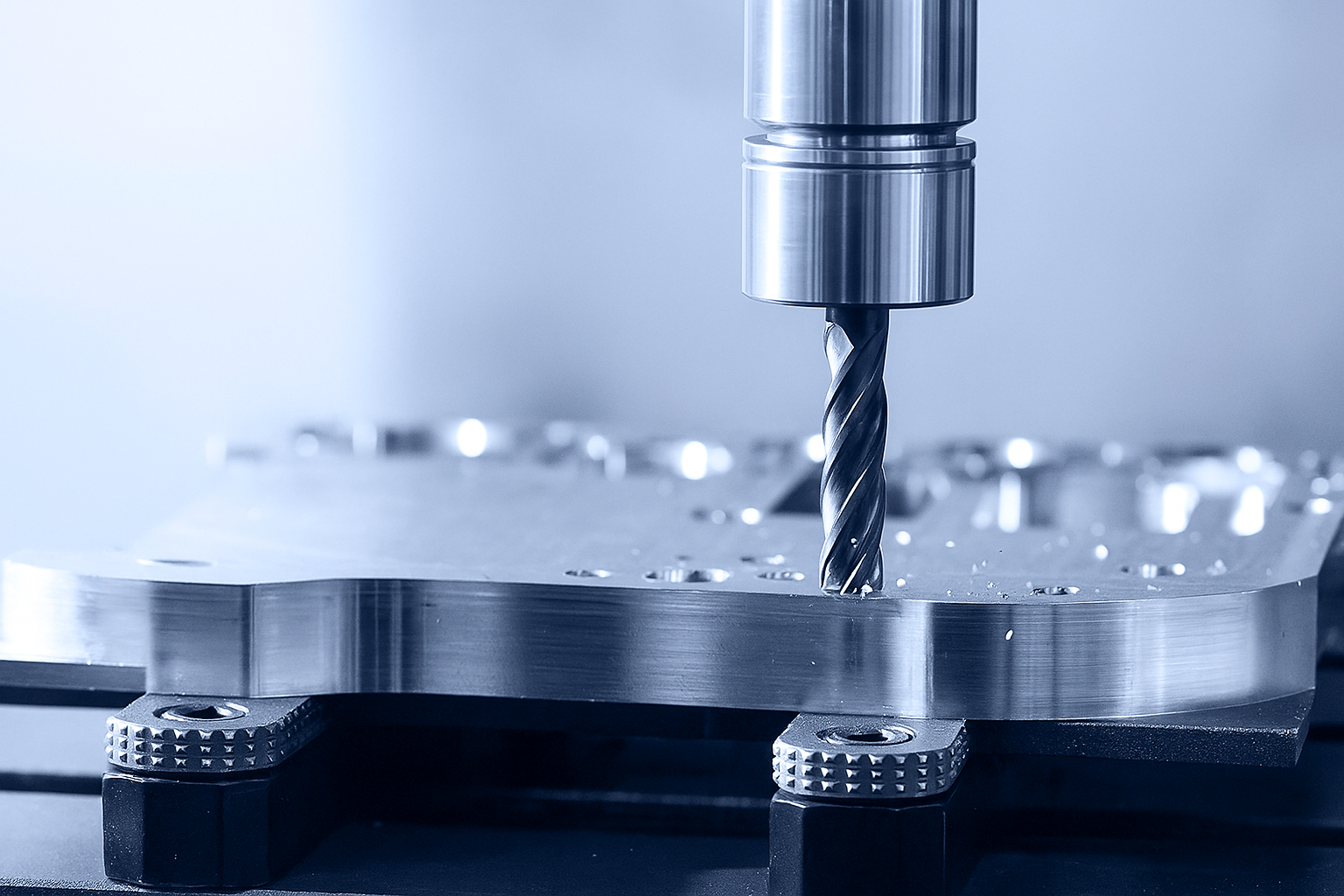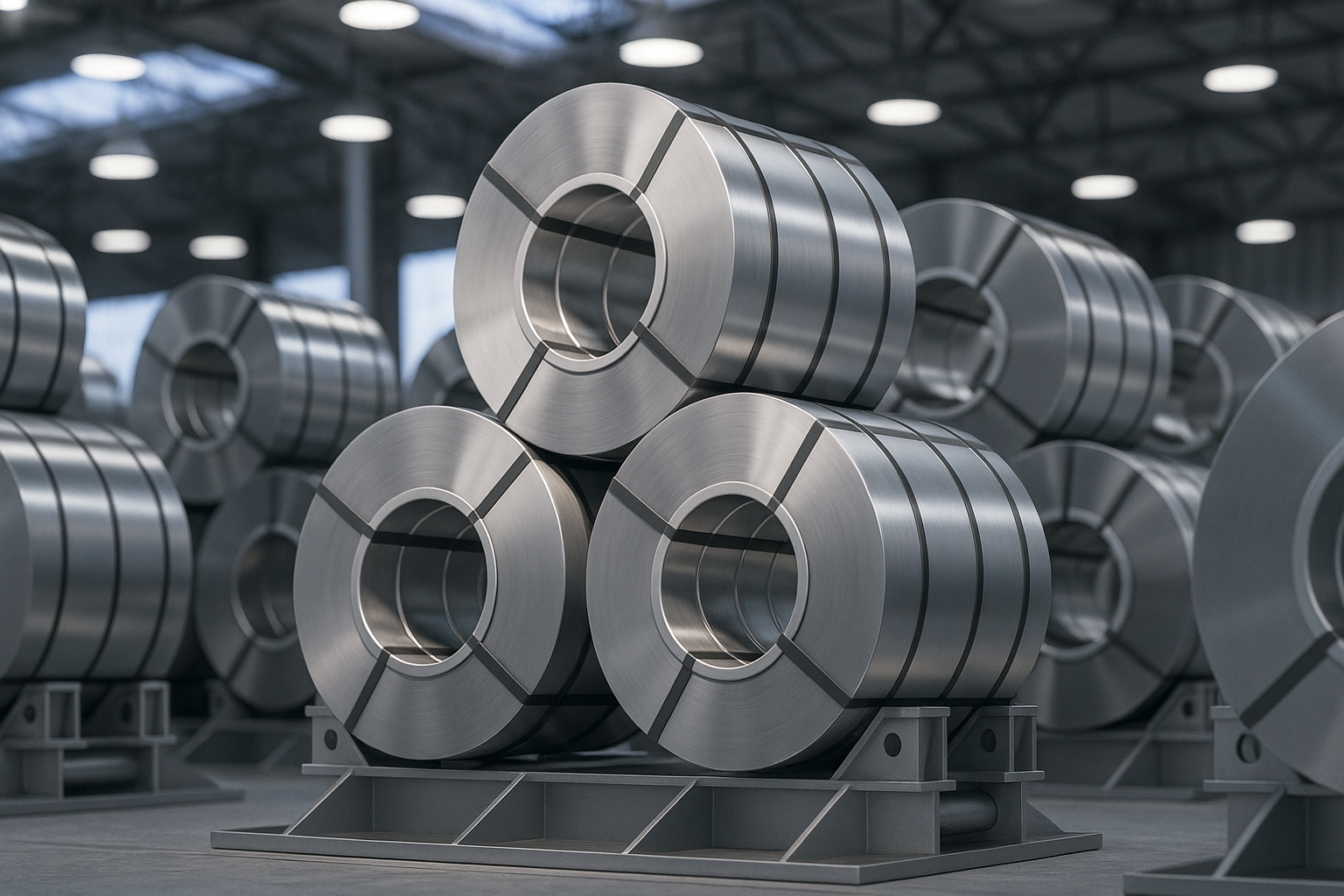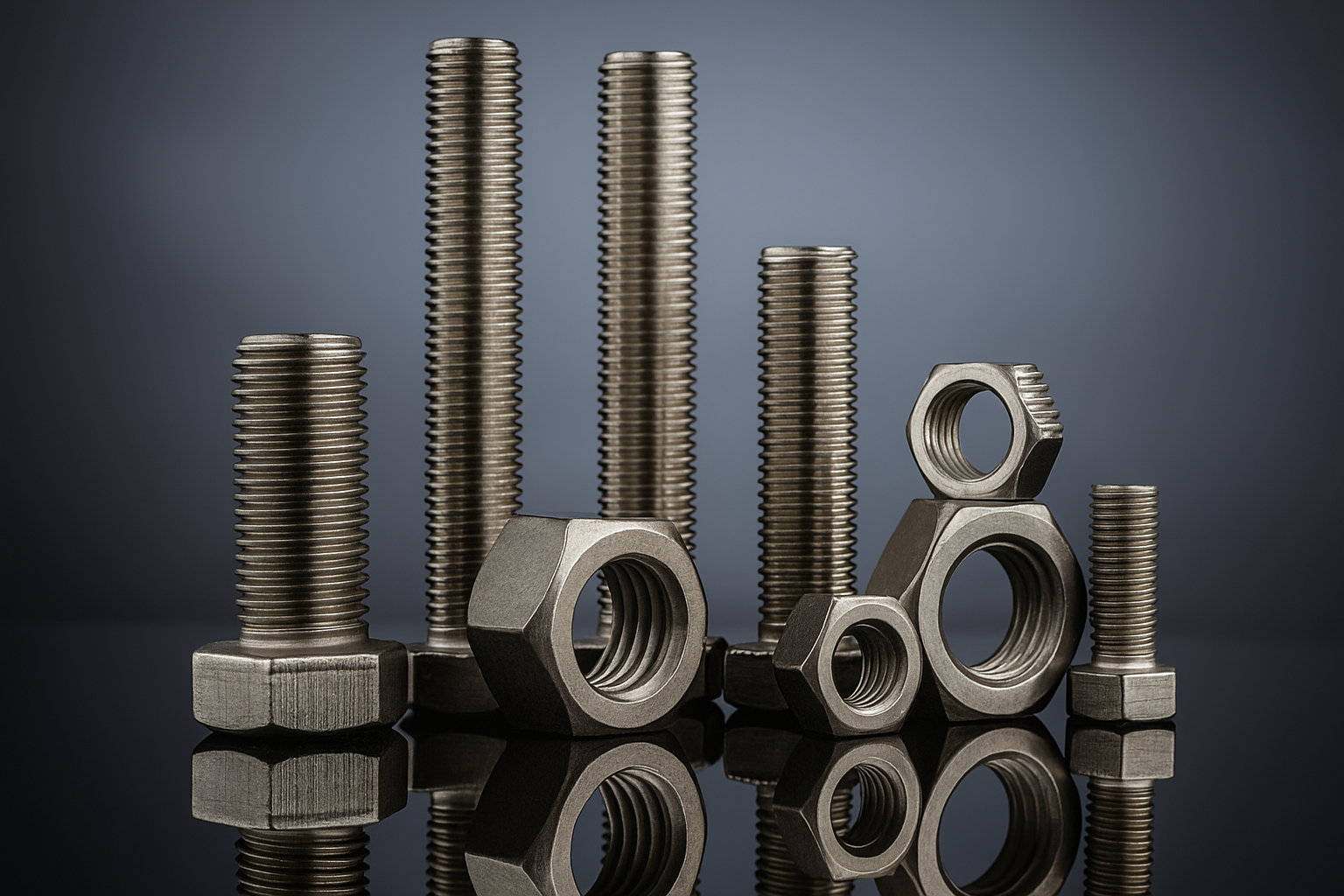- Toolpath Preparation: CAD models are converted to CAM toolpaths that are optimized to utilize alloy characteristics and part shape.
- Material Removal: Cutting occurs on a multi-axis machine with milling, turning, grinding, and drilling operations being carried out under controlled speed-feed regimes in order to control buildup.
- Thermal Control:To eliminate the effects of parts and the effects on work-hardening coolants are used to control the heat.
- Finishing Operations: Surface finish and tolerances may be achieved by completion with precision grinding, lapping, or chemical finishing.
- Heat Treatment (Post-Machining): Carburization, nitriding, and annealing can produce the strength and surface characteristics.
- Home
- Services
- Industries
- Automation
- Consumer Electronics
- Medical CNC Machining
- PCB Milling
- Aerospace Machining
- Automotive CNC Machining
- CNC Machined Bicycle Parts
- CNC Bottle Opener Machining
- CNC Camshaft Machining
- CNC Screw Machining
- CNC Machining Spare Parts
- CNC Piston Machining
- CNC Machined Gifts
- CNC Machined Fly Wheel
- CNC Machined Safety Razor
- CNC Machined Fidget Spinner
- CNC Machined Dice
- CNC Machined Chess Pieces
- Gallery
- Resources
- About Us
Alloy Steel Machining Services
- Finished Alloy Processing: Experienced with products that include such high strengths as wear-resistant alloy processes, such as 4140, 4340, 8620, and 17-4 PH.
- Vanishing precision: Machining precision to the level of plus or minus 0.005 mm at tolerance with hard tools, thermal stability, and continuous monitoring.
- Surface and Structural Integrity: Provide finishes that are suitable for nitride, grind, or plate, and maintain control over heat to avoid metallurgical alteration.
- All-Round Process Support: This applies to CAD/CAM analysis and quenching to finishing and inspection, being a one-stop production in terms of all-around.
Send Your Inquiry Today
At TOPS Precision, we have alloy steel machining services that are a combination of technical expertise, high-tech CNC machining equipment, and quality processes to provide precision-machined components with a high technical level of difficulty. Our team works in industries such as automotive, aerospace, and energy, or heavy machinery delivery, among others, high-performance driveshafts or complex aerospace brackets.
Using design-for-manufacturing expertise and long-established machining technology, we can deliver even non-standard high-strength, wear-resistant alloy steel parts accordingly, whether you are prototyping or requesting full production.

What is Alloy Steel?
Alloy steels are iron products that are compounded with various elements such as chromium, molybdenum, nickel, or vanadium in order to enhance strength, hardness, corrosion resistance, and wear properties. These developments allow steels to be used in high-duty mechanical, structural, and aerospace structures in which the performance of the material is essential.
Send Your Inquiry Today
What is the Process of Alloy Steel Machining?
Milling of alloy steel is a process of high precision under control, utilizing controlled CNC structured designs and high-acting cutting tools of the cutting type, and also an intelligent use of feed rates and coolant.

Alloy Steel Material Properties
The following table gives a summary of the properties of Alloy steel:
Grade | Tensile Strength (MPa) | Yield Strength (MPa) | Notable Properties |
4140 | 655 | 415 | Pressure vessels, shafts, and oilfield components |
4340 | 895 | 740 | Aircraft landing gear, crankshafts, and high-fatigue parts |
8620 | 620 | 380 | Case-hardened gears, pinions, and high-strength parts |
17-4 PH | 1,030 | 760 | High corrosion resistance, aerospace, and chemical parts |
Send Your Inquiry Today
Properties of Alloy Steel
It is designed by adding different alloying additives to carbon steel to improve certain aspects of mechanical, thermal, and chemical properties. The modifications render it very appropriate for applications that require strength, wear, and durability.

1. High Strength
The alloy steel has a high tensile as well as a yield strength compared to conventional carbon steel, and therefore, it finds its application in structural members, pressure vessels, and load-bearing parts. This is the strength attributed to its capability to withstand stressful environments, yet not deform or fail.
2. Improved Hardness
Alloy steels have the potential to produce superb surface and core hardness due to the relocation of factors such as chromium, molybdenum, or vanadium, so that heat-treating can be involved. They are therefore appropriate for cutting tools, gears, and wear-resistant applications.
3. Enhanced Toughness
Alloy steel is tough, can absorb shock, and does not fracture even though the loading is sudden or recurring. It is also reliable in critical engineering applications since it possesses impact resistance at high as well as low temperatures.
4. Superior Wear Resistance
Most grades of alloy steel have high wear resistance, as is their hard microstructure and carbide-forming elements. This is a particularly fine property when it comes to areas that experience friction, abrasions, or constant motions.
5. Corrosion Resistance (Chosen Grades)
Not every alloy steel is corrosion resistant, but some (e.g., with larger amounts of chromium) are better resistant to oxidation, rust, and chemical attack, and fit in an outdoor or demanding chemical environment.
6. Heat Resistance
Even under high temperatures, alloy steel remains strong in terms of mechanical properties and has structural integrity. This qualifies it to be applied to the engine elements, boilers, and other high-temperature uses of industry.
7. Good Machinability (Grade-Dependent)
Most alloy steels are developed to be a compromise between strength and machinability. CNC Grades, doing Leaded or resulfurized grades, are improved in the chip formation, which gives them the ability to perform at higher cutting speeds and great tool life.
8. Dimensional Stability
The steels in alloy steels are superb in terms of dimensional stability, especially following the heat treatment process. This guarantees parts stay in form and within the tolerance, even after a long season of mechanical or thermal loads.
Send Your Inquiry Today
Design Guide for Alloy Steel Machining
Best practice design methods need to be adhered to so that cost-effective and exacting machining of alloy steel components can be carried out. Such guidelines reduce wear on the tool, enhance precision, and induce a faster production rate.
Feature | Recommended Guideline | Purpose |
Wall Thickness | ≥ 2.5 mm | Ensures part rigidity and reduces warping risk |
Fillet Radii | Internal fillets ≥ 1 mm | Reduces stress concentration and tool wear |
Hole Depth | Depth-to-diameter ratio ≤ 4:1 | Prevents drill deflection and improves hole quality |
Tread Design | Use standard threads with relief grooves | Enables smooth tapping and longer tool life |
Tolerance Range | ±0.02 mm to ±0.05 mm | Balances precision with manufacturability |
Slot Width | ≥ tool diameter (typically ≥ 3 mm) | Allows chip removal and prevents tool breakage |
Engraving Depth | ≥ 0.5 mm with ≥ 1.5 mm stroke width | Ensures clear, durable markings |
Boss Height | Keep ≤ 3× the boss diameter | Maintains structural stability and prevents bending |
Undercuts & Grooves | Use standard tooling dimensions | Simplifies machining and reduces setup time |
Surface Finish | Design for Ra 1.6–3.2 µm unless specified | Achieves functional and aesthetic surface quality |
Send Your Inquiry Today

Alloy Steel CNC Machining Methods
Alloy steel is strong and versatile; i.e., easily molded by various CNC processes. In TOPS Precision, we adopt a complex machining skill to achieve high quality and specifications of parts produced to match their standards in terms of their demands in work and accuracy.
CNC Milling
CNC milling is suitable for the shaping of flat shapes, slots, holes, and other tricky 3D shapes on alloy steels. Our multi-axis machines are highly precise and produce batch-to-batch consistency, even on difficult or heat treatment grades.
CNC Turning
Turning is used in cutting the stock alloy steel bar material as it rotates, and the material is cut away by a cutting tool to shape cylindrical products such as shafts, bushings, or threaded blanks. In hard alloys, CNC turning provides superior control over concentricity and surface finish.
Drilling
Precise holes in parts made of alloy steel are cut through precision drilling. In this hard material, specialized carbide drills and coolant systems, which ensure dimensional stability and eliminate the risk of overheating or tool wear, are used.
Tapping and Threading
Threads may be internal or external and are made by CNC threading or by tapping. The toughness of alloy steel means that a suitable selection of tools and good feed rates would be necessary to avoid distortion of sufficiently clean and strong threads.
EDM (Electrical Discharge Machining)
EDM can be applied to intricate features or hard alloy steel components that could not be easily cut by a conventional method. It applies electrical discharges to remove material with high precision, which makes it great for the highest tolerance and most complex parts.
Grinding
Grinding achieves finishes so smooth and provides close dimensional control, particularly when it is required to have high wear resistance or when the quality of fitment is of the essence. It is a common secondary operation that is offered to the hardened alloy steel components.
Send Your Inquiry Today
Finishing Options Available
TOPS has a multitude of post-machining finishing services that can be carried out to enhance surface quality, durability, and aesthetics. Such finishes also serve to increase wear and corrosion resistance.
- Precise grinding, with surface, finishes to Ra 0.2um.
- Toughness and hardness heat treatments, induction or furnace heating, or hardening
- Nitriding, carburizing, titanium nitrides, chrome/nickel plating wear wear-resistant
- Cleaning or bead blasting of polishing, and corrosion control
- Finishing and welding of fabricated assemblies

Send Your Inquiry Today
Popular Machined Alloy Steel Parts
We produce most parts in the most difficult industries of high-strength. These components have gained acceptability qualities of durability, reliability, and tolerance in mission-critical conditions. Our common products are:

Send Your Inquiry Today
- Automotive equipment or energy equipment drive shafts, gears, or camshafts
- Aerospace parts such as landing gear, aircraft fittings, and turbine parts.
- Drill heads, pump shafts, key fasteners, and pilots
- Heavy machinery structural connections, rods, and welding assemblies
Various Grades of Alloy Steel Machining
The use of appropriate grade alloy guarantees performance, life, and economy. TOPS machines the entire range of alloy steels according to your application.
- Low-Alloy Steels (e.g., 4140, 4340, 8620) - Steels with high strength, good fatigue and hardenability; good to use in structural and mechanical components.
- Stainless Alloys (e.g., 17-4 PH, 316) - They are more resistant to corrosion and have high mechanical strength; they are recommended in the marine, food, and medical areas.
- Tool Steels (e.g., D2, A2) - High wear, high hardness; jigs, dies, and precision tools.
- Maraging Steels (e.g., 300, 350) -Ultra-high strength, easy to machine; find application in aerospace, defense, and die-making.
Send Your Inquiry Today
Applications of Alloy Steel Machining
Performance-sensitive systems in industries are powered by machined alloy steel parts. They are very strong, hard, and fatigue-resistant, and, therefore, they are essential in contemporary industry. Parts of alloy steel can be used in:
- Automotive:axle, crankshaft, steering knuckle
- Aerospace:landing gears, support structures
- Energy: oilfield equipment, pump shafts, valves
- Industrial Equipment: gears, cam followers, die sets
- Medical Equipment: implant tooling, surgical tooling
Benefits of Alloy Steel Machining
This machining has both practical and cost benefits, which are very beneficial to applications that demand strength, wear resistance, and accuracy in dimensions.
- Extreme fatigue and hard resistance
- Terrific strength-to-size ratio, treated wear-resistant characteristics
- Capability to work on close geometric and surface specs
- Wide applicability in the industries
Send Your Inquiry Today
Challenges of Alloy Steel Machining
Alloy steel machining may have some production challenges, although it has its benefits. Knowing them will prevent the pitfalls.
- Rugged tooling is needed for hard materials
- Part tolerances and microstructure can be influenced by heat buildup.
- There are alloy steels that need to be machined both before and after heat treatment.
- Machining can include additional processes in hardening.
5 Cost-Effective Tips for Alloy Steel Machining
An efficient design, planning, and implementation will reduce your unit cost per part while maintaining the quality. Optimizing your project is as follows:
- Material selection: Select the minimum grade necessary to be within the requirements
- Minimum Post-Heat Machining: Do as much pre-machining as you can
- Support Batch Runs: drop tooling/setup cost/piece
- Use DFM Advice Early: Simplify shapes to cut cycle times.
- Align QC and Production:Rework is minimized by checking in real-time.
Choose TOPS Precision to Make Machined Alloy Steel Parts
Whether it is design review, precision machining, or finishing, we are a leading end-to-end alloy steel machining business at TOPS Precision. Be it the prototypes or even full production, we guarantee accuracy, quick turnaround, and consistency in all production batches.
We support:
- DFM optimization & Engineering consultation
- Milling, turning, EDM, and finishing CNC Surfaces
- Full check report, heat treatment, coating, and reports
Send us your CAD files or drawings, and we will offer a quick quote and a project step-by-step plan to meet your needs.
Send Your Inquiry Today
Our Alloy Steel Machining Services are Guaranteed
TOPS Precision produces all of its components with ISO 9001-certified procedures, and a complete examination of components is a part of this procedure using customized inspection equipment. We ensure:
- Strict tolerance conformity
- Certified materials traceability
- Zero-defect delivery
- In-time delivery, all the time
Put your confidence in TOPS with alloy steel components.
Send Your Inquiry Today
FAQs About Alloy Steel CNC Machining
±0.005mm on simple profiles; ±0.01mm usual.
Yes, we do quench/bore machining workflow.
A definite yes, and the entire gamut, including PH grades.
Plating, grinding, welding, and nitriding.
The normal lead time is between 7 and 10 days; it can be urgent.
STEP, IGES, DXF, DWG, STL, and so on.
